For many car buyers, the allure of a flashy badge or a storied logo was enough to sign on the dotted line. But once the new car smell faded, reality crept in. Whether it’s due to reliability issues, underwhelming performance, inflated pricing, or lacking value, a surprising number of vehicles have left owners with buyer’s remorse. Here are 23 cars that Canadians bought just for the brand name and now regret it.
BMW X1
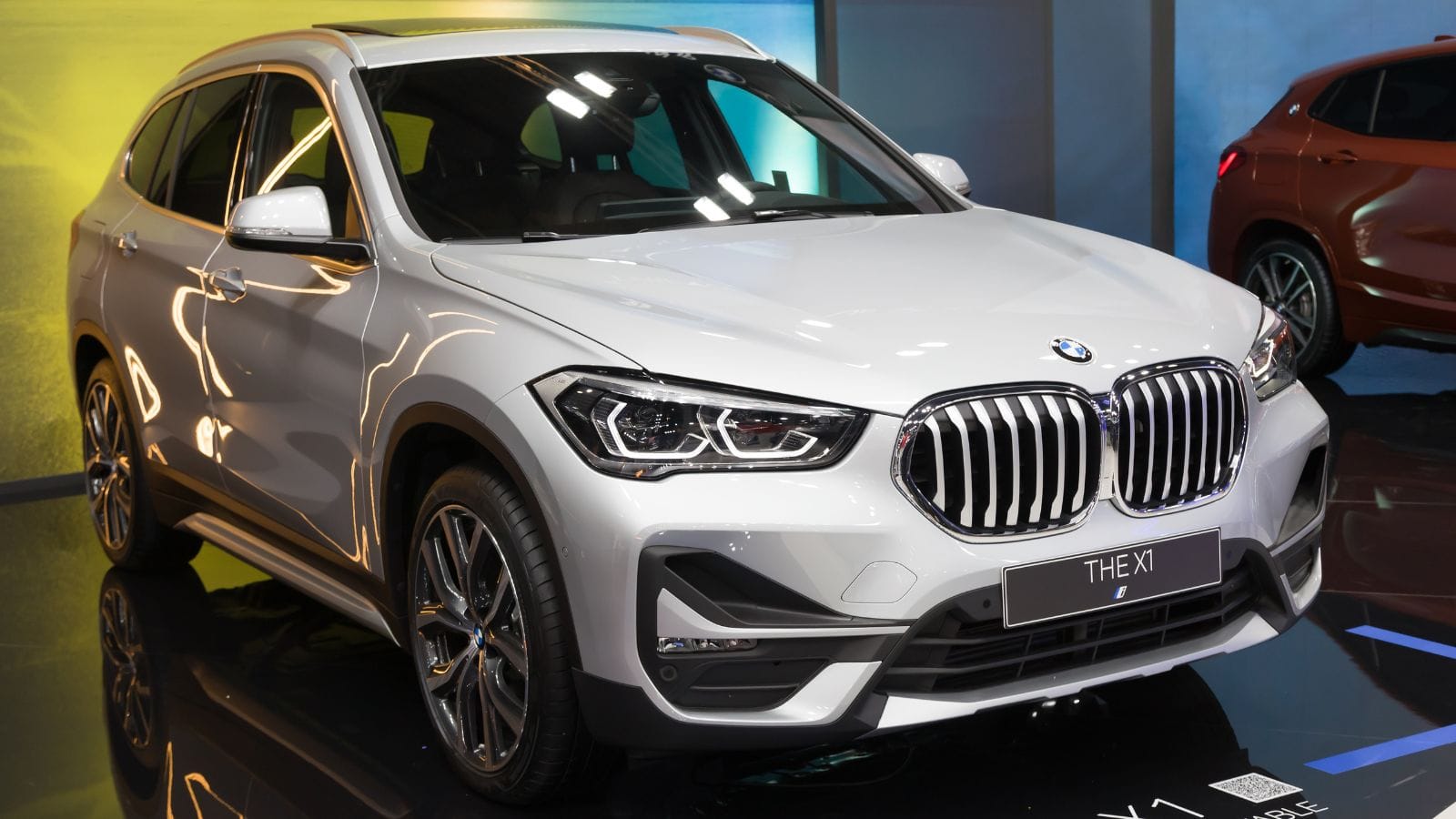
While the BMW X1 carries the prestige of the Bavarian badge, many owners have found it lacking in a premium feel. The interior, though functional, uses materials more commonly found in economy vehicles. Ride quality has been criticized for being harsh, and the base engine doesn’t deliver the punch expected from a BMW. Despite a strong exterior design and badge appeal, long-term satisfaction scores have dipped due to reliability issues and a disconnected driving experience. Owners expected the “ultimate driving machine” and instead received something that felt built to a lower standard.
Mercedes-Benz GLA-Class
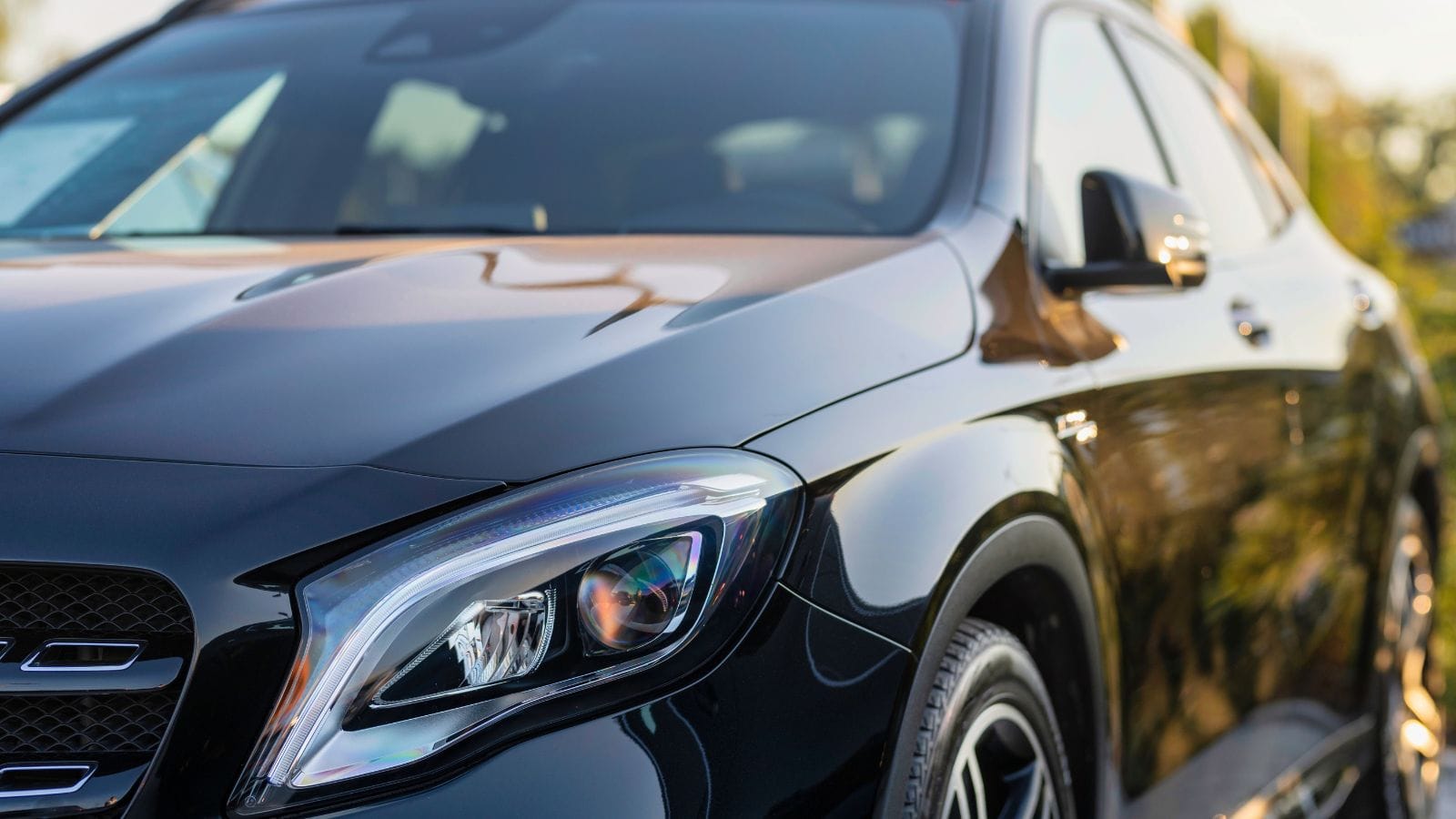
The GLA-Class promised to bring the Mercedes experience to a smaller SUV, but the execution fell short of expectations, leaving buyers wanting. Many were drawn to the badge, expecting luxury and smooth refinement, but found the GLA cramped, noisy, and stiff-riding. Infotainment controls have drawn criticism for being overly complicated, and the interior space doesn’t compete well in its segment. Reliability hasn’t been stellar either, especially for early model years. Also, buyers who wanted the three-pointed star found themselves in a vehicle that didn’t feel worth the premium.
Audi Q3
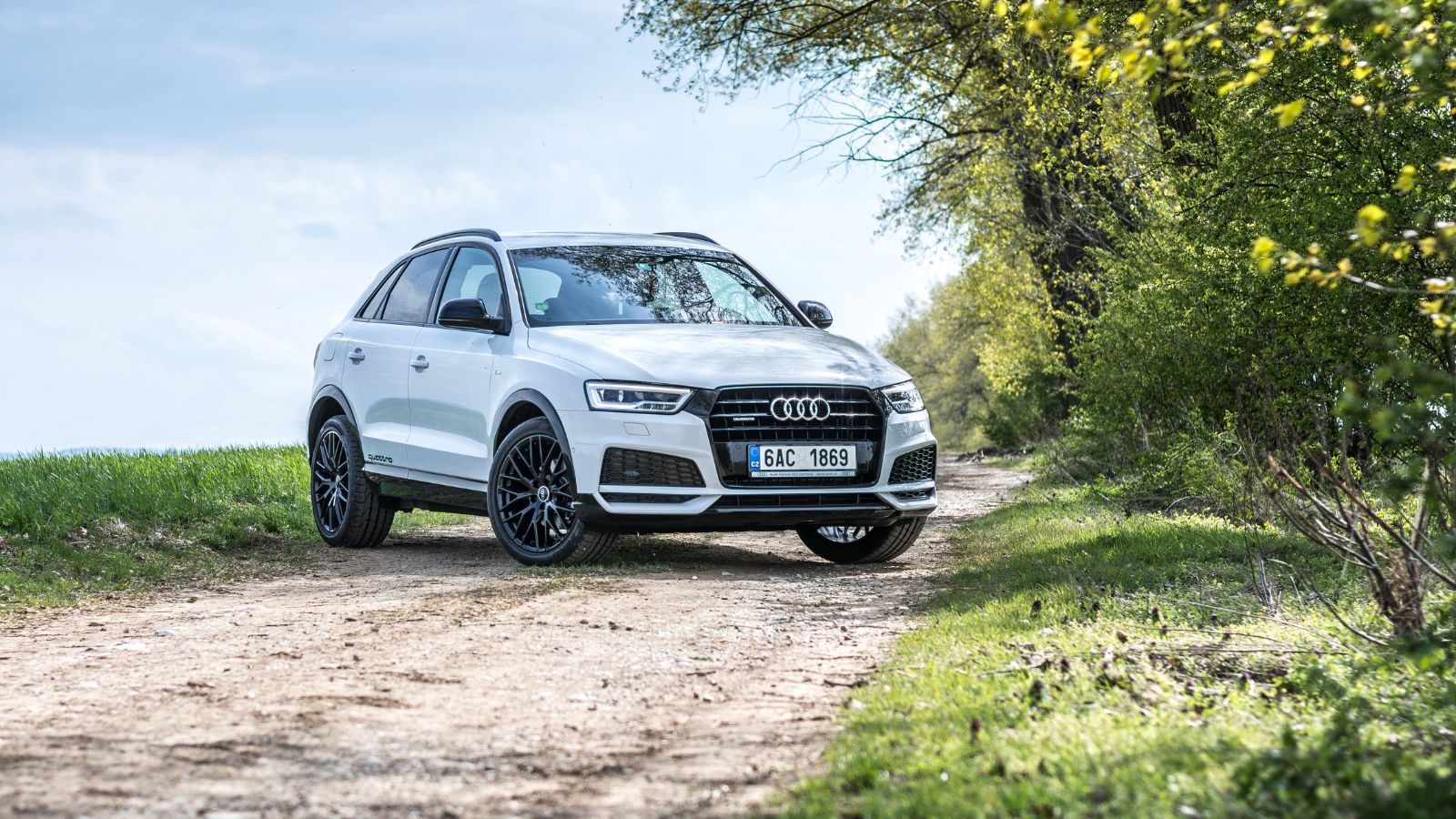
Audi’s Q3 initially enticed buyers with its sleek design and upscale brand image. But over time, it became apparent that the entry-level luxury SUV lacked the driving refinement and cabin space many expected. The rear seats are tight, the cargo room is minimal, and the ride doesn’t match the polish found in larger Audis. Some owners have experienced transmission quirks and infotainment glitches that tarnish the overall experience. While Audi’s badge suggested sophistication and performance, the Q3 often delivered mediocrity.
Land Rover Discovery Sport

Few brands project status like Land Rover, but the Discovery Sport has disappointed in ways that go beyond its reputation. Owners have reported chronic reliability issues ranging from drivetrain problems to electrical faults. Despite a rugged image, the off-road capabilities haven’t impressed everyone, and the ride quality can be jittery on city roads. Fuel efficiency is subpar, and the interior, while stylish, hasn’t aged well. Buyers who fell for the brand’s heritage and prestige often found themselves at the service center more often than expected.
Jeep Cherokee
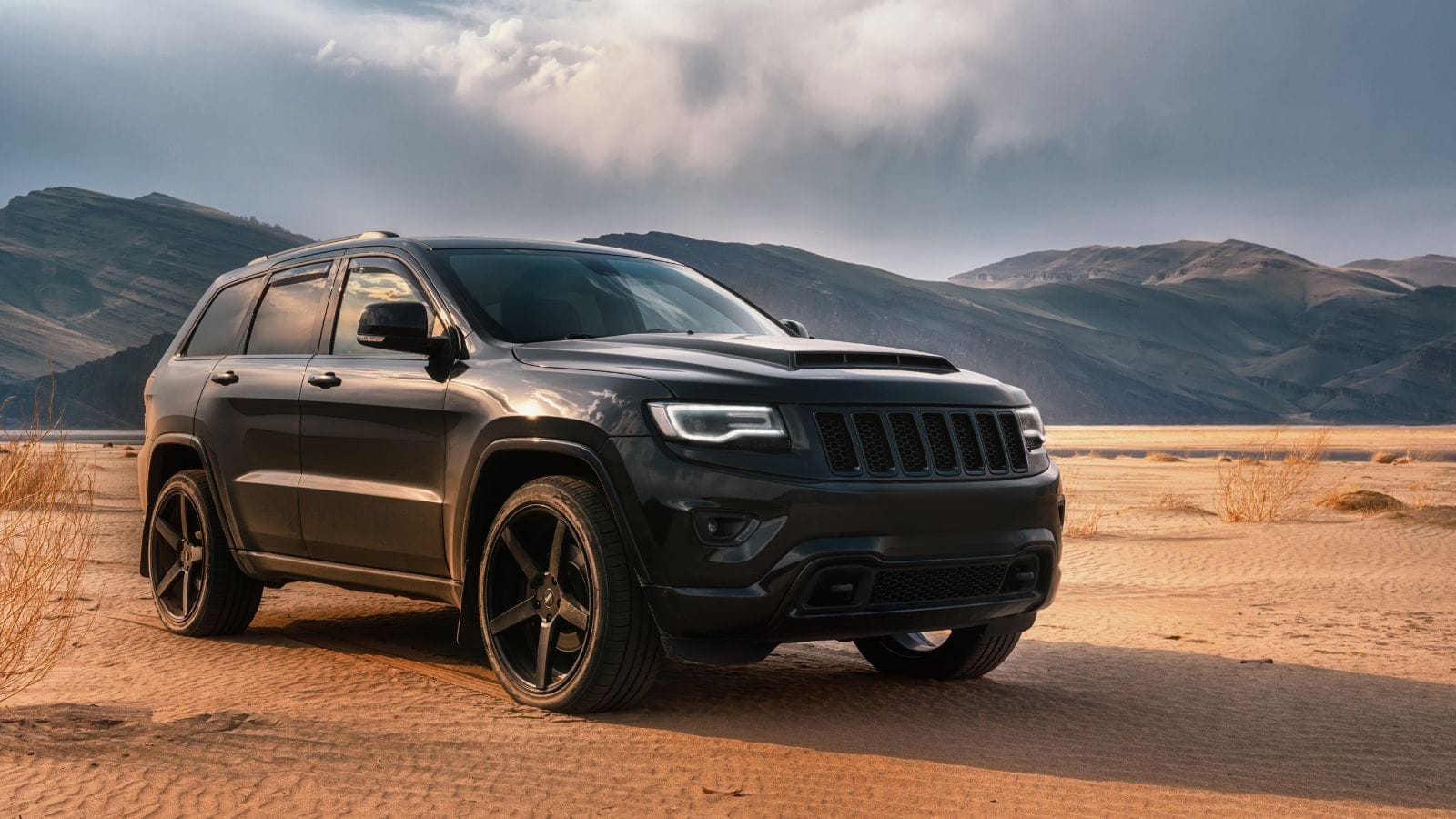
Jeep’s storied off-road legacy drew in buyers to the Cherokee, expecting toughness and trail readiness. However, the reality for many has been a frustrating ownership experience. Early models with the nine-speed automatic transmission suffered from rough shifts and reliability concerns. Interior quality has been hit or miss, and despite the rugged styling, the Cherokee often falls short on cargo space and ride comfort. So, for those expecting a bulletproof SUV with legendary capability, the Cherokee’s inconsistent build and high maintenance costs became a source of regret.
Alfa Romeo Giulia
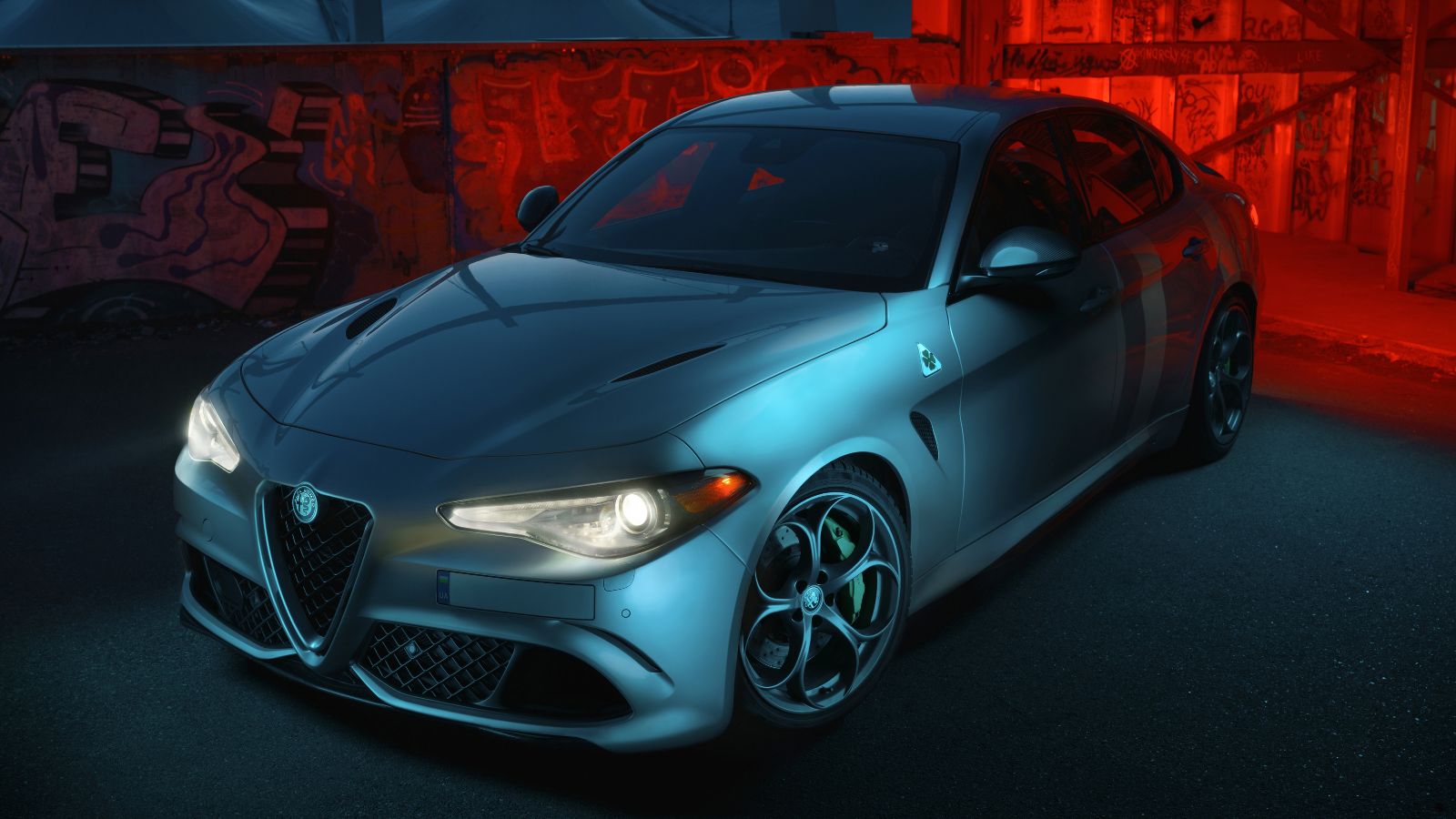
The Giulia’s arrival sparked enthusiasm with its Italian styling and sporty handling, but the ownership experience has been rocky. While the car handles brilliantly and looks stunning, reliability has been a major pain point. Many owners have reported issues with the electronics, infotainment system, and engine components. Parts availability can be a challenge, and dealer networks remain limited in Canada. Despite a passionate following and beautiful design, the Giulia’s real-world practicality hasn’t kept up. Buyers seduced by its exotic appeal found themselves dealing with headaches that overshadowed the driving thrill.
Mini Cooper
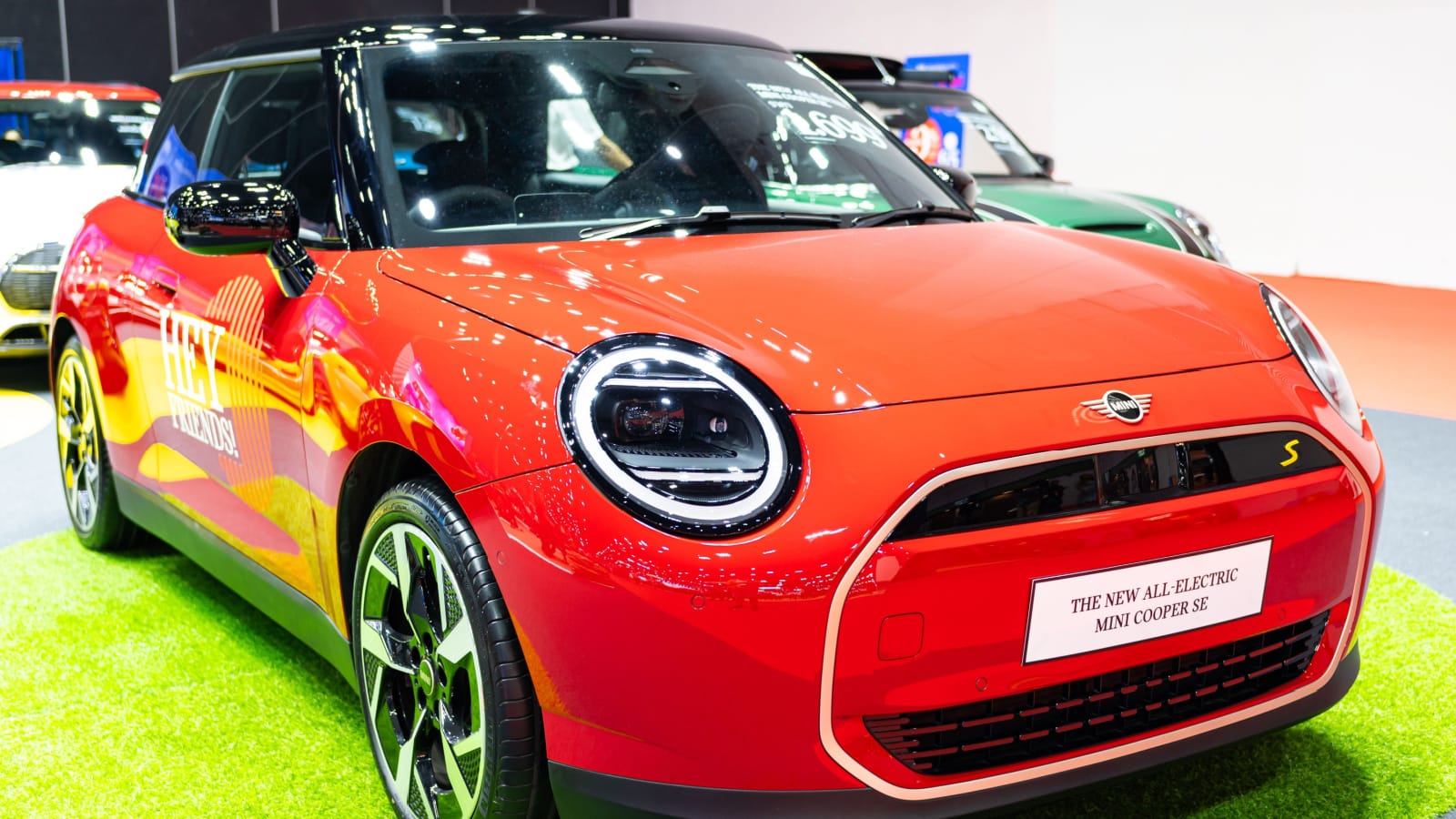
Mini’s retro-cool charm and reputation for fun driving dynamics led many to choose it as a fashionable urban vehicle. But after a few years of ownership, some found the drawbacks outweighed the appeal. The stiff suspension, cramped back seats, and quirky ergonomics wore thin over time. Reliability has been inconsistent, particularly in turbocharged variants. Maintenance costs are also surprisingly high for such a small vehicle, and resale values can be disappointing. For those who bought into the Mini mystique, reality proved more frustrating than fun.
Tesla Model 3
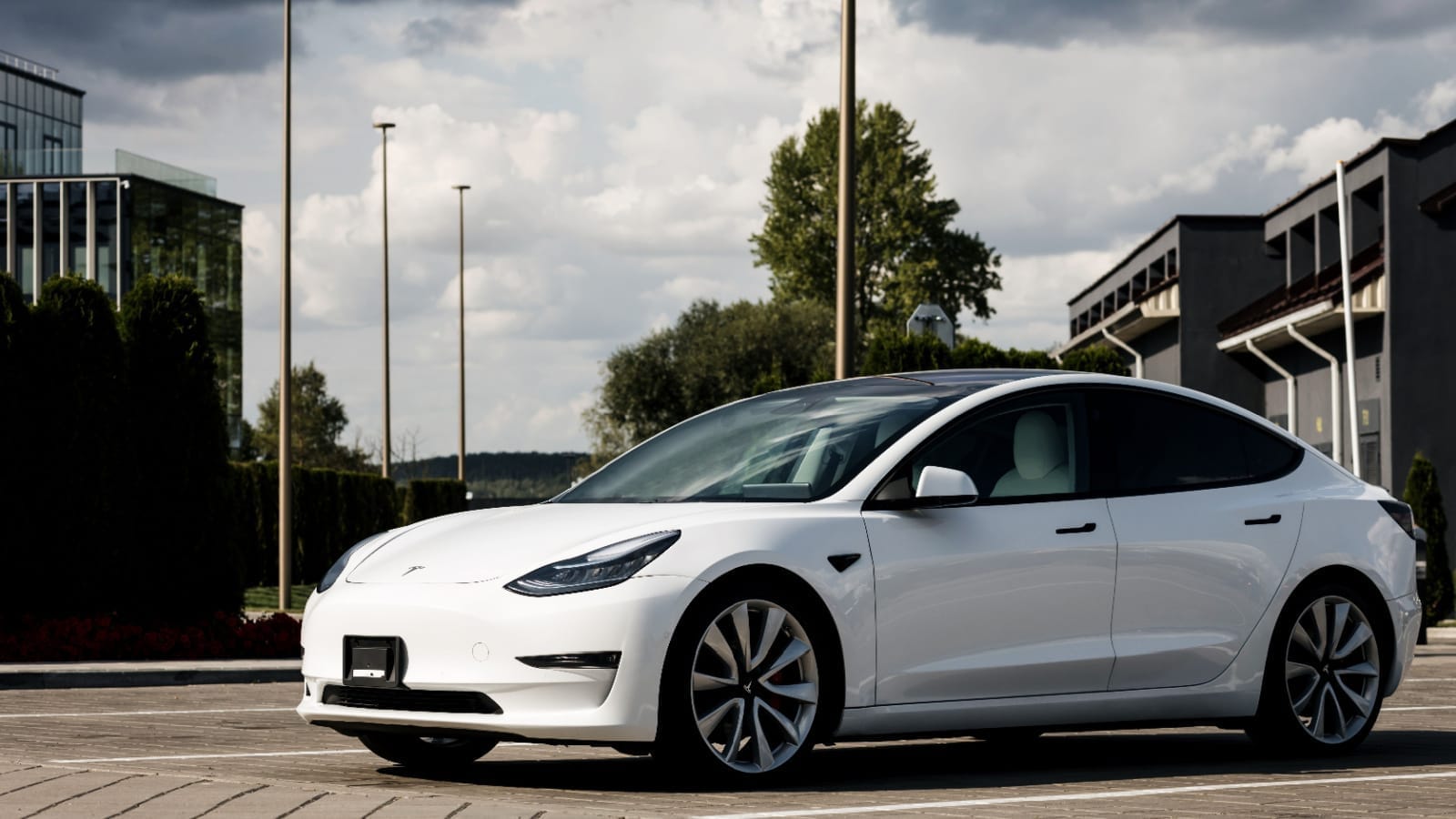
Initial excitement over Tesla’s innovation and sleek design led to a wave of Model 3 purchases. But for some buyers, the ownership experience hasn’t been as seamless as advertised. Complaints about build quality, panel gaps, paint imperfections, and infotainment bugs have surfaced frequently. Tesla’s service network is still expanding in Canada, leaving some owners with long wait times for repairs. The driving experience is unique, but the absence of physical buttons and reliance on a single screen irritates certain users.
Cadillac XT4
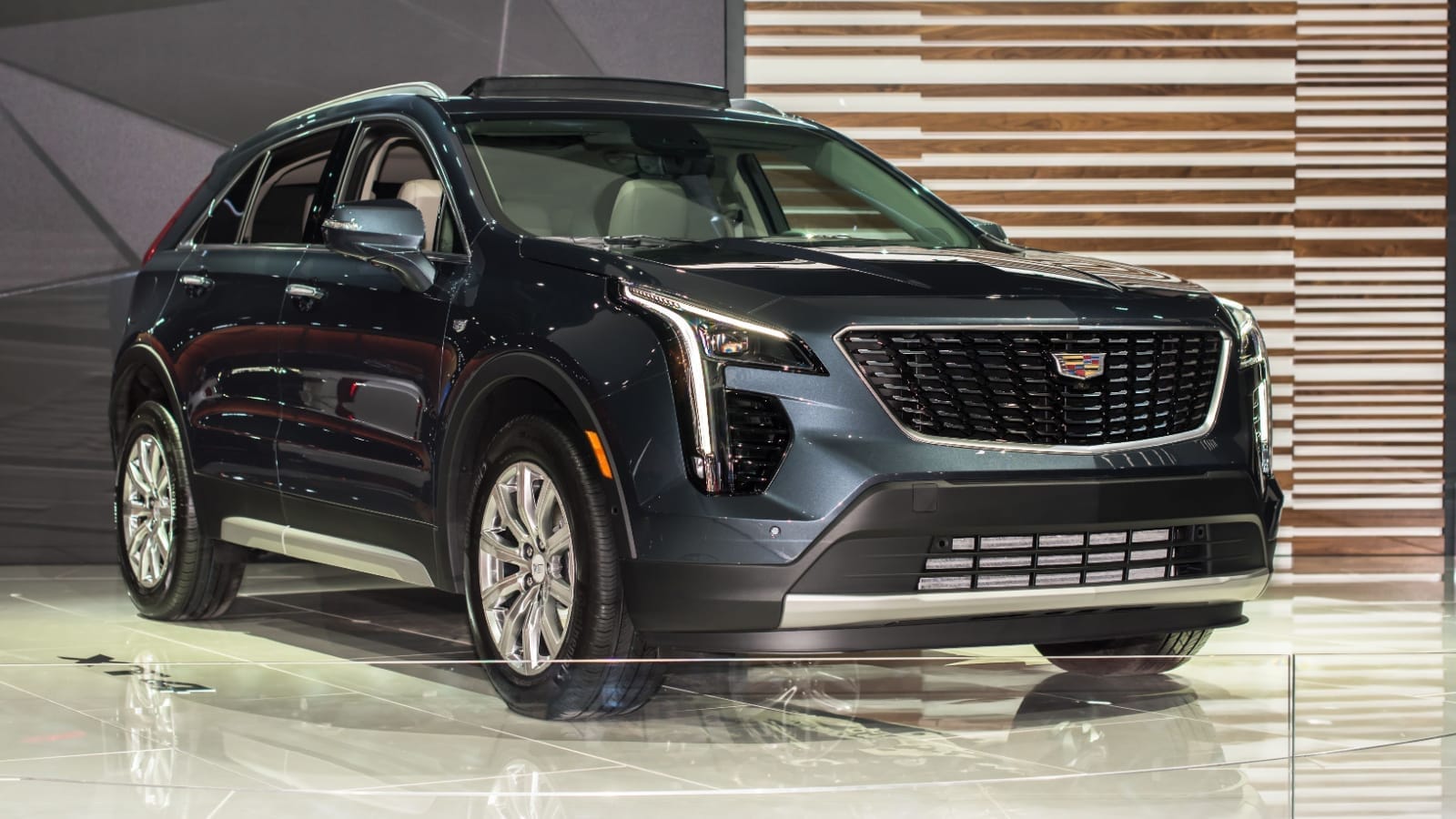
The Cadillac name carries an image of American luxury, but the XT4 hasn’t always lived up to the brand’s premium expectations. The subcompact SUV has faced criticism for its overly firm ride, average interior quality, and uninspiring driving dynamics. Technology features have been praised in parts but marred by software issues and laggy responsiveness. Some buyers found the cabin too cramped for the segment. While the badge suggested refinement and comfort, the XT4 felt more like a budget crossover wearing a luxury costume.
Acura ILX
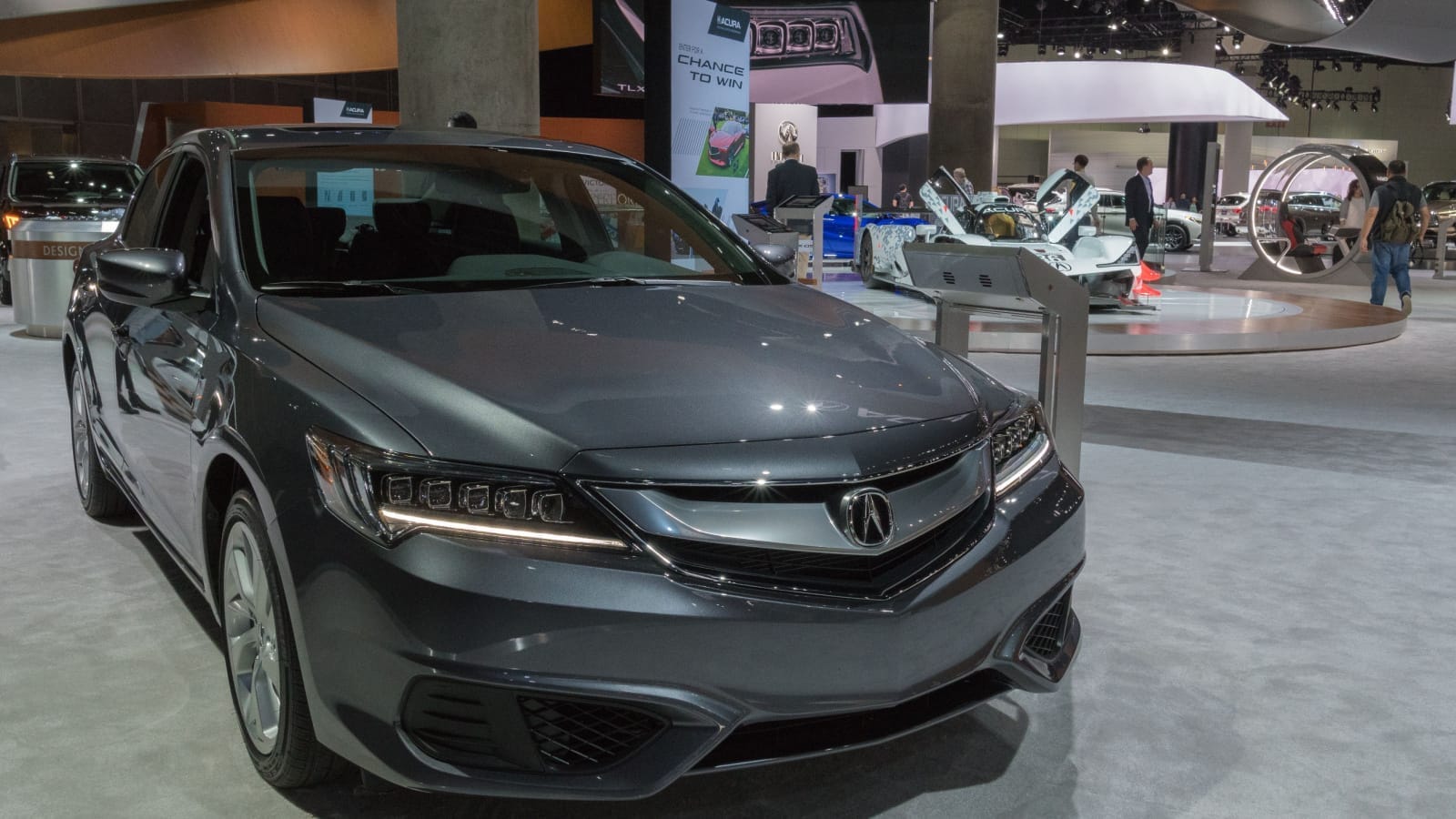
Once a popular entry-level luxury option, the ILX now feels dated in a rapidly evolving segment. Its design and infotainment setup lag behind competitors, and the dual-screen layout has frustrated many users. Though reliable and efficient, it lacks the refinement and modern features buyers expect at this price point. Ride quality and cabin quietness are adequate but not standout. And, buyers who chose it based on Acura’s historically strong reputation found themselves with a car that feels like it’s coasting on past achievements rather than breaking new ground.
Infiniti QX50
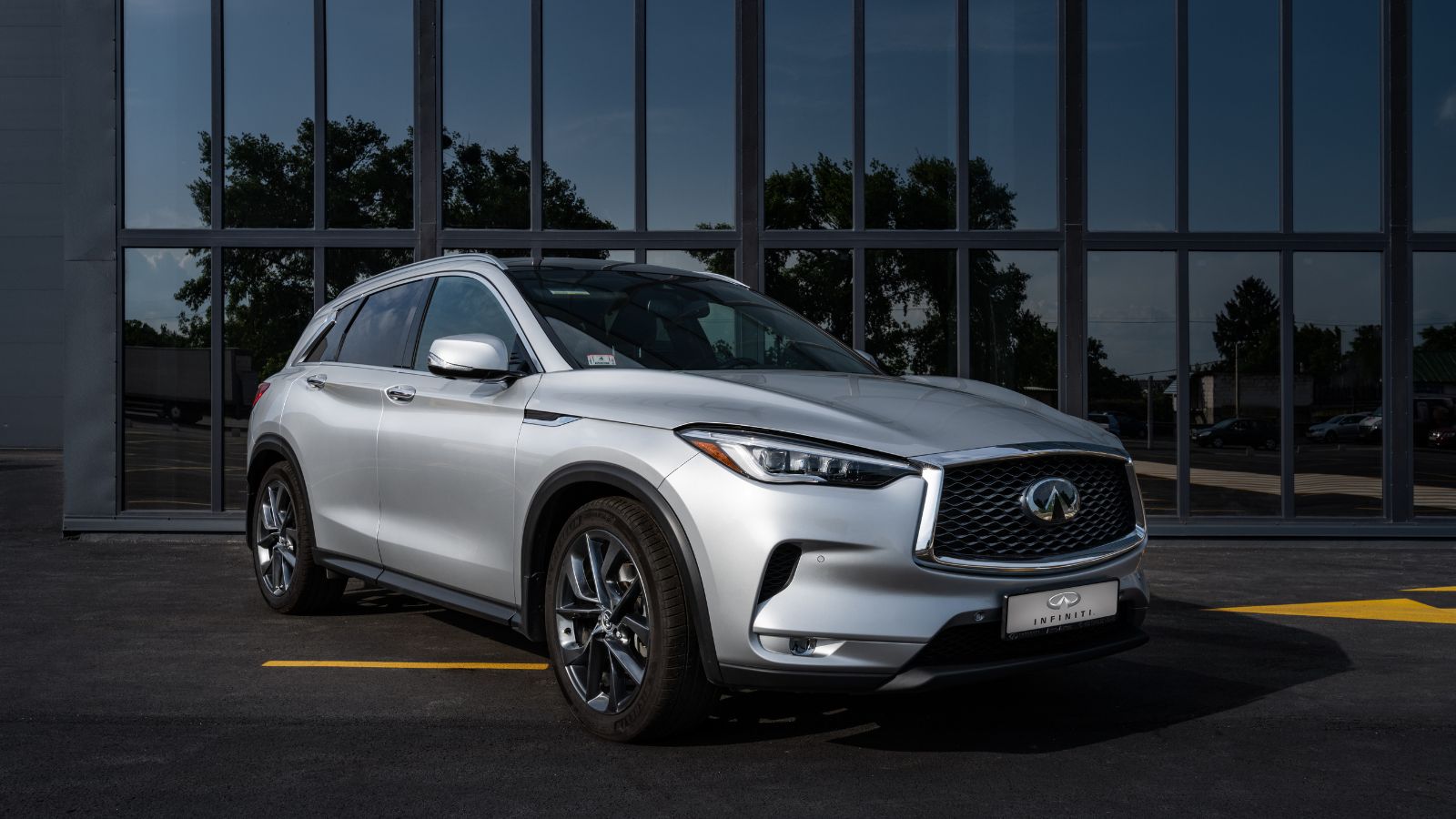
The QX50’s variable compression turbo engine was supposed to be revolutionary, but in practice, it hasn’t delivered the expected performance or efficiency. Buyers hoped for a balance of power and fuel economy, yet found the engine unrefined and the driving experience underwhelming. The cabin, while stylish, doesn’t quite match premium rivals in materials or layout. Infotainment complaints are common, especially around the dual-screen interface. Infiniti’s shrinking market presence in Canada has added to long-term ownership worries.
Lexus UX
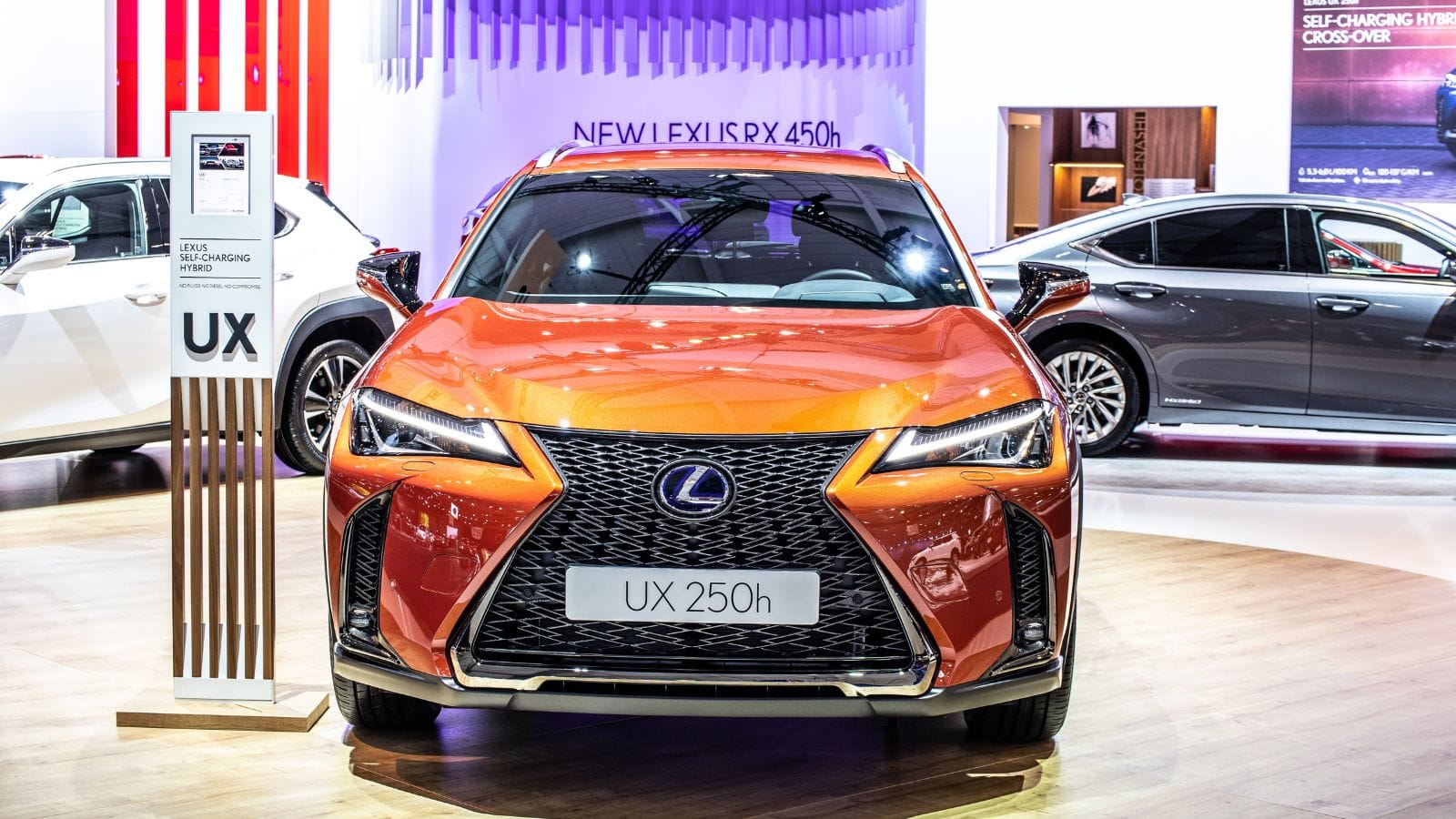
Lexus built its reputation on bulletproof reliability and serene comfort, but the UX hasn’t been universally praised. Critics and owners alike have pointed to a choppy ride, limited rear-seat space, and sluggish acceleration. The infotainment system’s touchpad interface has also drawn widespread criticism for being difficult to use. While the UX does deliver excellent fuel economy and strong build quality, many buyers expecting flagship-level refinement found the experience fell short. The brand name attracted attention, but the UX didn’t consistently deliver the sense of luxury or practicality expected in the entry-level luxury segment.
Volvo XC40
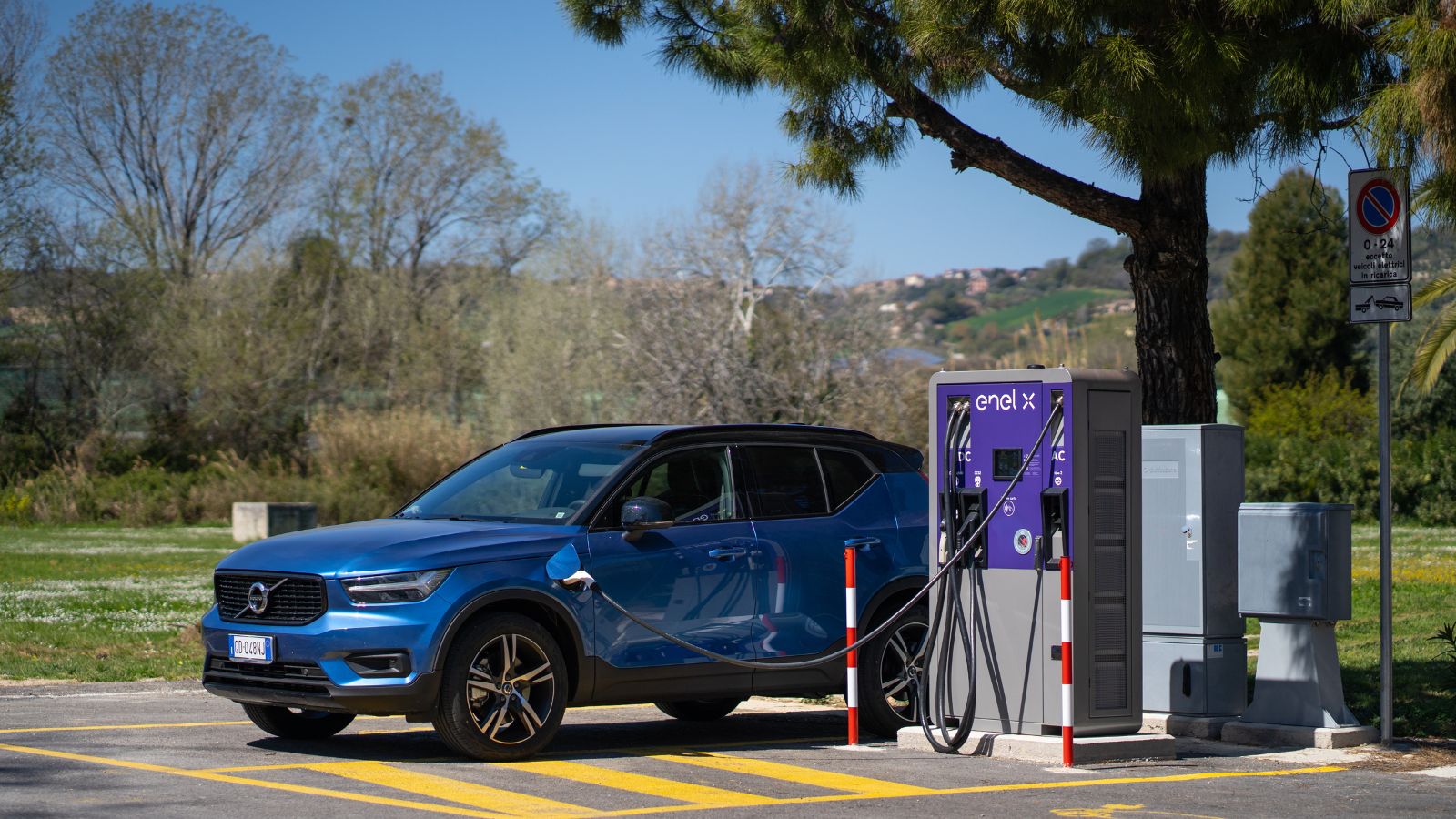
The XC40 arrived with minimalist Scandinavian styling and the promise of safety and innovation. But over time, owners have voiced complaints about software glitches, transmission hesitation, and a somewhat stiff ride. Rear seat and cargo space aren’t particularly generous for a compact SUV. The Google-based infotainment system, while advanced, can lag or crash in real-world use. The XC40’s high price point also makes value a sticking point when compared to competitors. While Volvo’s reputation for safety and style is intact, some buyers felt the ownership experience didn’t quite meet expectations, especially considering the price tag.
Lincoln Corsair
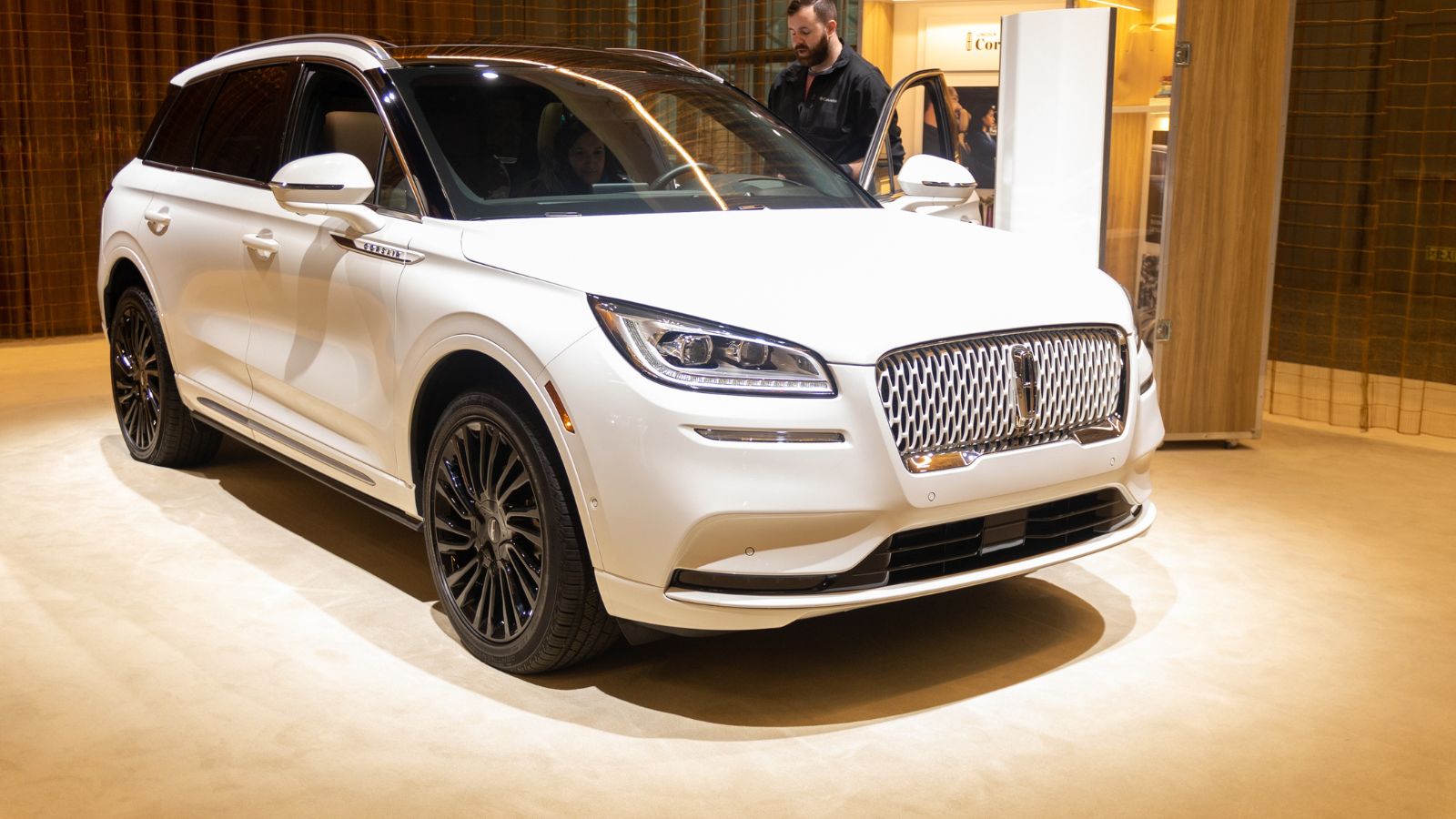
The Corsair looked like a step forward for Lincoln, targeting younger luxury buyers. But for some, the reality was less appealing. The infotainment system has been buggy, and certain trim levels suffer from inconsistent interior material quality. Engine performance doesn’t always live up to the upscale promise, and ride comfort can vary depending on the wheels chosen. Lincoln’s limited dealership network in Canada has also contributed to service accessibility issues. For buyers who were lured by the idea of American elegance, the Corsair didn’t always present a compelling or satisfying experience. It felt like a work in progress.
Fiat 500X
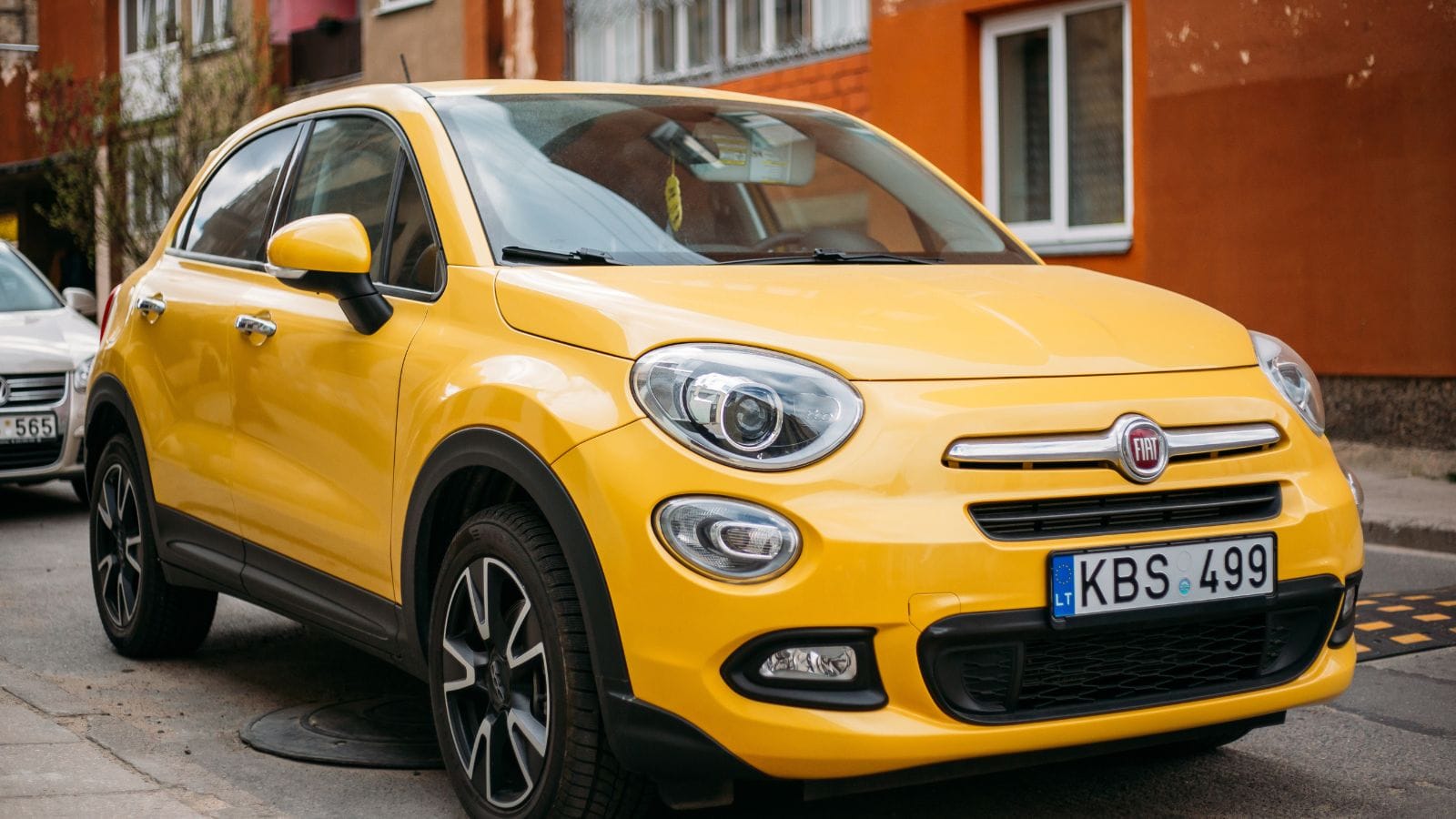
This vehicle’s stylish design and Italian branding initially appealed to buyers looking for something different in the subcompact crossover space. Unfortunately, the 500X has struggled with poor reliability, particularly regarding its transmission and electrical systems. The ride quality is firm, and the interior space is tight compared to rivals. Resale values have plummeted, and Fiat’s shrinking presence in North America adds concern about parts and service availability. Buyers drawn in by the brand’s European chic often ended up feeling short-changed. The 500X’s charming looks couldn’t hide its long-term ownership challenges.
Maserati Ghibli
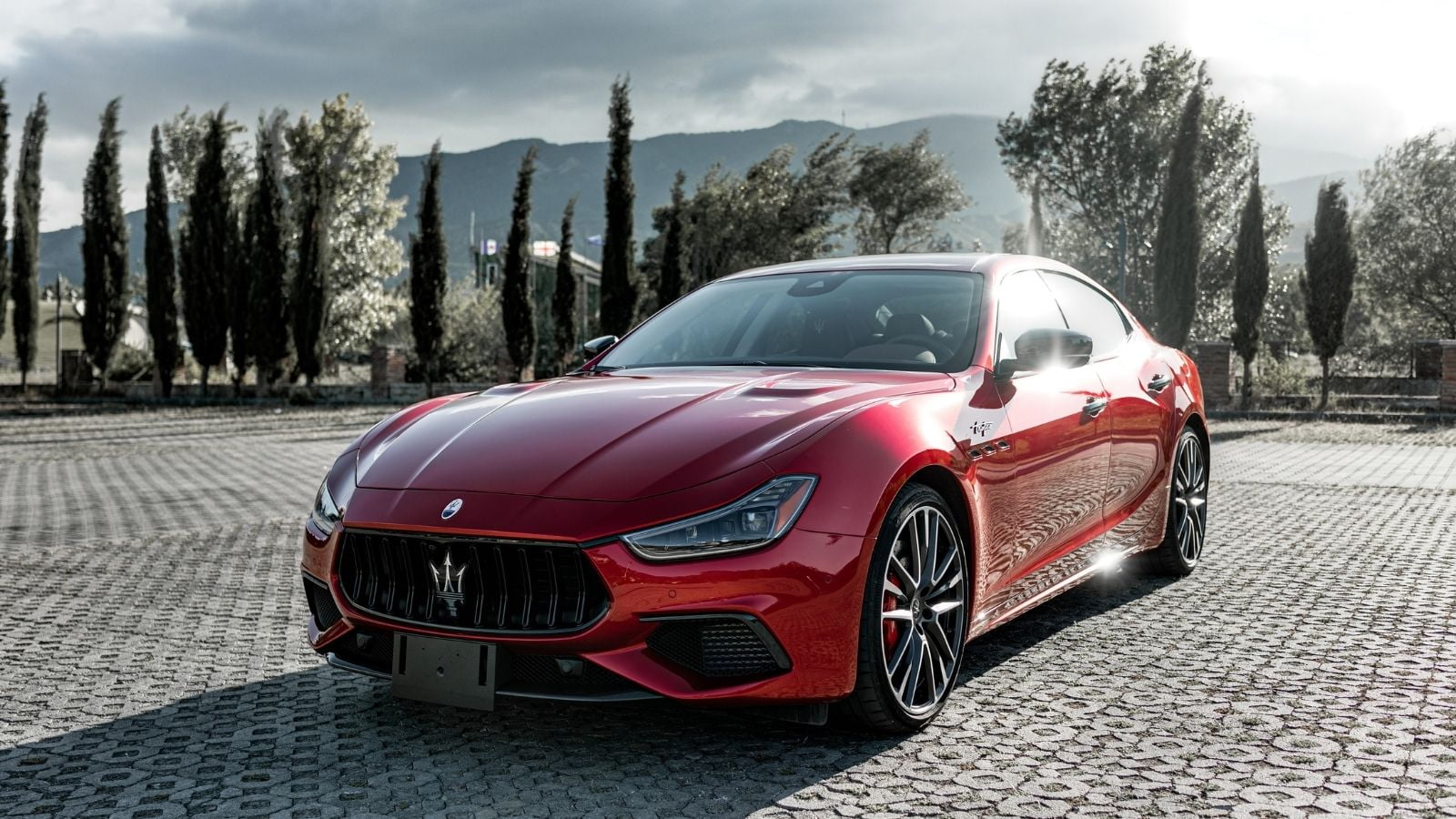
The Maserati Ghibli drew attention with its Italian elegance and promise of performance, but many owners discovered it was more style than substance. While the engine note is undeniably alluring and the design commands presence, reliability has been a sore spot. Issues with electronics, infotainment systems, and inconsistent build quality have turned ownership into a hassle. The interior, though plush, uses some materials that feel subpar for the price. Depreciation is also a concern, with values dropping quickly. Plus, buyers expecting exotic sophistication were often left juggling unexpected repair costs and struggling to justify the premium they paid.
Jaguar E-Pace
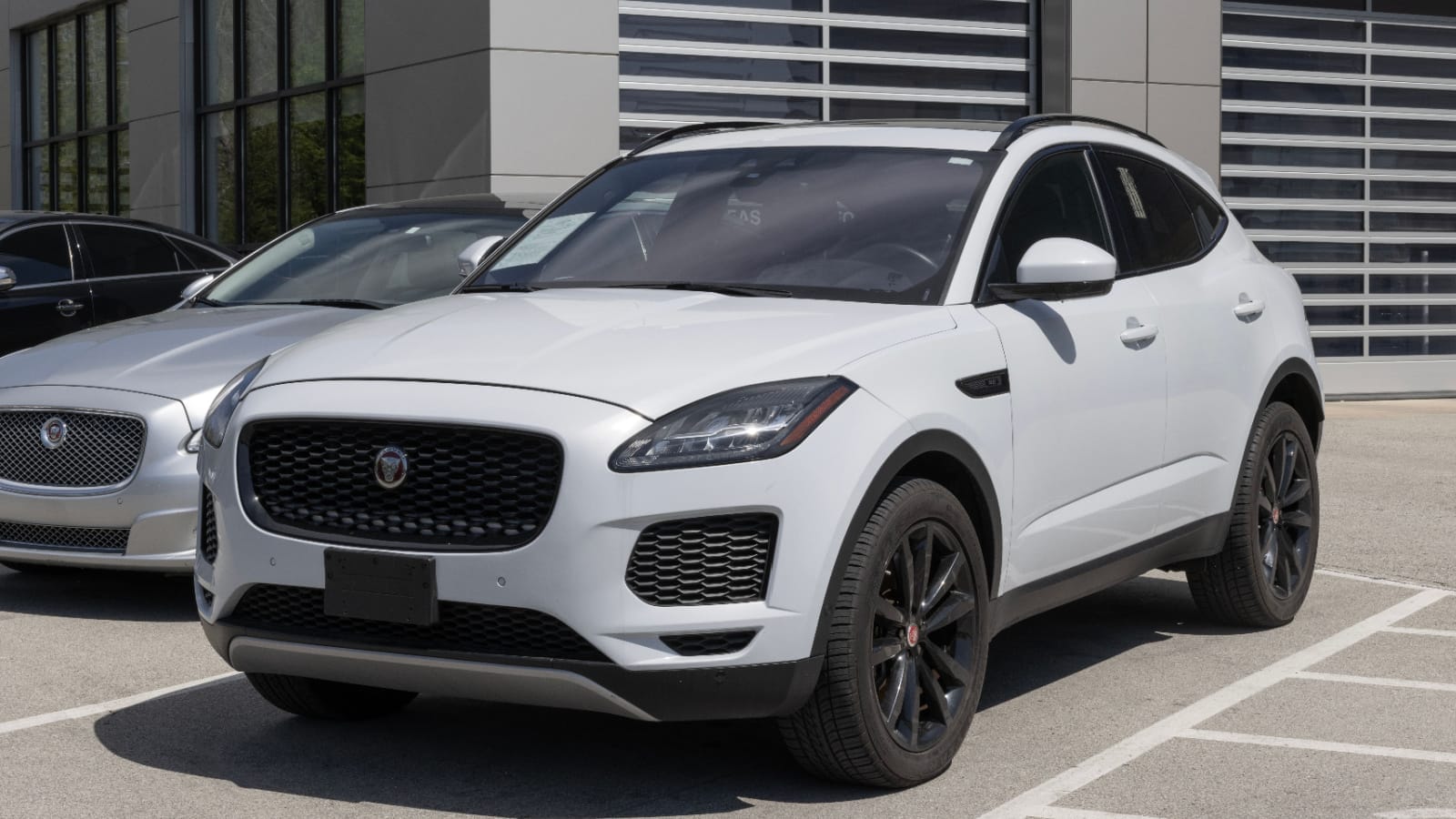
The E-Pace entered the compact SUV market with strong visual appeal and Jaguar branding, but its execution left many buyers disappointed. The ride is firmer than expected for a luxury vehicle, and cabin space is tight, especially in the rear. Numerous reports have emerged regarding software glitches, build inconsistencies, and subpar fuel efficiency. While the interior design is modern, some materials don’t reflect the premium price point. For those swayed by Jaguar’s performance legacy, the E-Pace felt more like a fashionable compromise than a true luxury contender.
Buick Encore GX

Buick attempted to reposition itself as a near-luxury brand with the Encore GX, but the results have been mixed. The compact SUV delivers decent fuel economy and modern tech, but many buyers have found the engine underpowered and the ride overly firm. Interior quality is hit-or-miss, with some materials feeling closer to economy grade than premium. Owners have also reported sluggish infotainment performance and road noise intruding into the cabin. The Encore GX may have tried to bridge budget and luxury segments, but it hasn’t stood out in either. Buyers attracted by Buick’s heritage often found themselves underwhelmed.
Chrysler 300
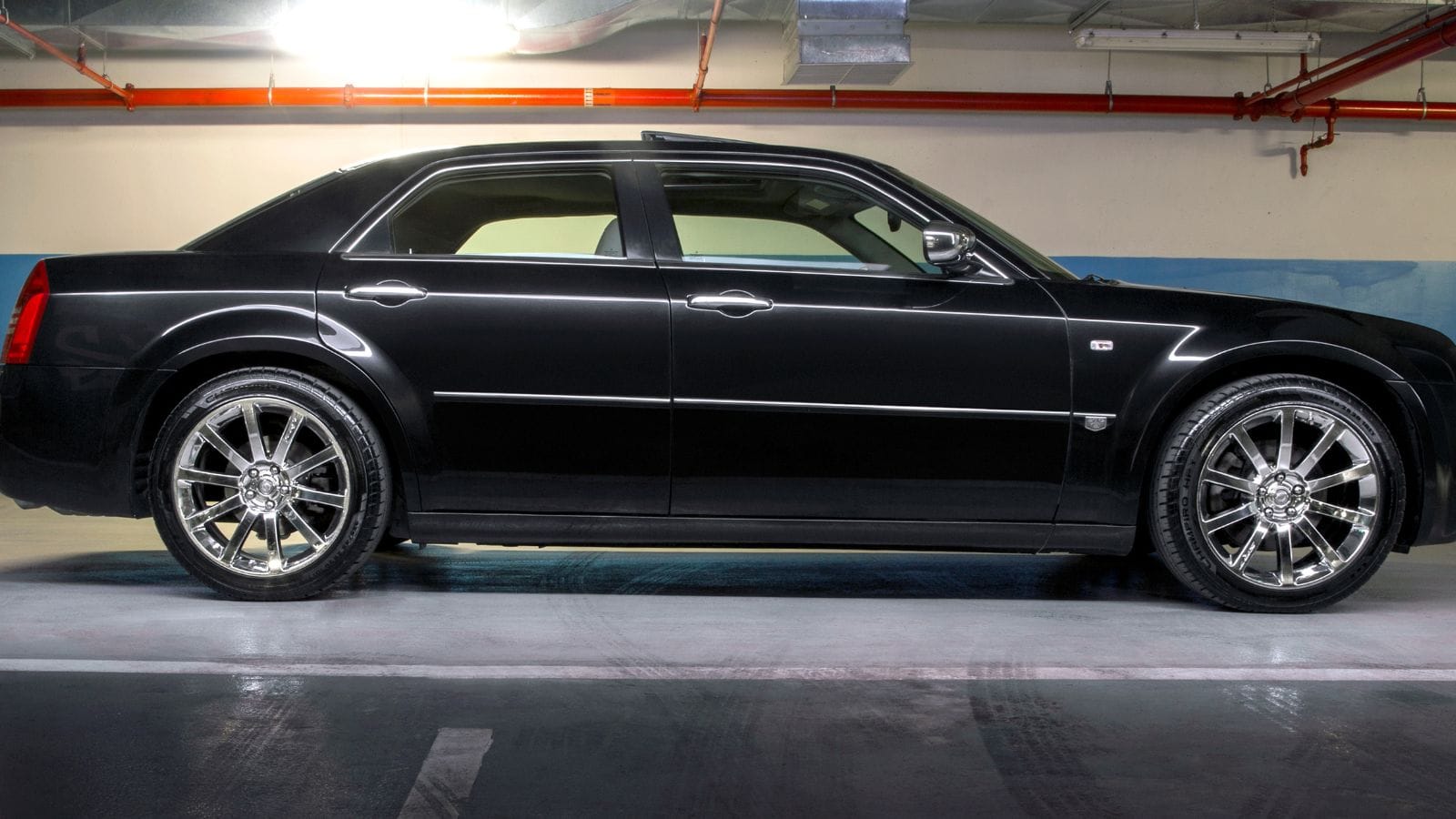
The Chrysler 300 has long been a symbol of American road presence, but its aging platform has not aged gracefully. Though its powerful V6 and V8 options still impress, the vehicle’s design and features haven’t kept up with modern standards. Owners have complained about outdated infotainment systems, mediocre interior materials, and a lack of driver assistance features. Fuel consumption remains high, and its handling feels heavy and unrefined. Buyers lured in by its bold design and brand history often faced frustration with day-to-day livability.
Genesis G70

The Genesis G70 was launched as a legitimate challenger to German sedans, and on paper, it ticked many boxes: attractive pricing, strong performance, and luxury styling. However, some owners found that the back seat was cramped and the trunk small. While driving dynamics are solid, certain interior materials don’t fully reflect luxury expectations. The dealer network remains limited in Canada, leading to inconvenience for servicing. Moreover, questions linger around long-term resale value. While early adopters were intrigued by the brand’s potential, several buyers felt that the G70 didn’t entirely deliver on the polished ownership experience they had anticipated.
Subaru Ascent
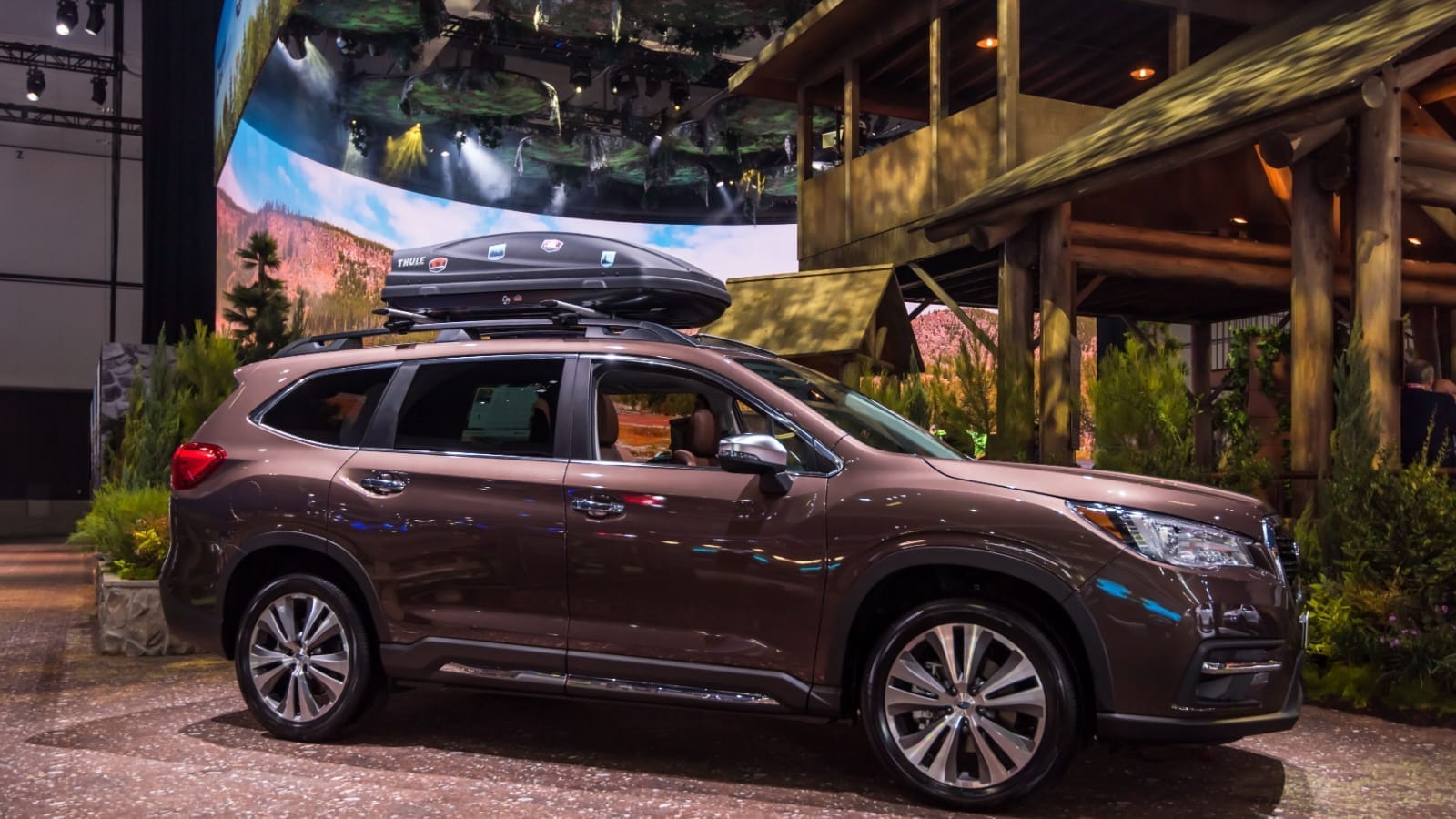
The Ascent was supposed to give Subaru a serious contender in the three-row SUV space, and initial interest was high. But owners quickly encountered issues such as transmission problems, engine stalling, and infotainment glitches. The vehicle’s size is an advantage for families, but the cabin lacks the polish of rivals in its segment. Noise insulation isn’t excellent, and third-row comfort is limited. Some reported quality control problems that marred the overall experience. And, while Subaru’s all-wheel drive and safety reputation initially drew buyers in, the Ascent revealed itself to be a vehicle that needed further refinement and reliability improvements.
Hyundai Palisade
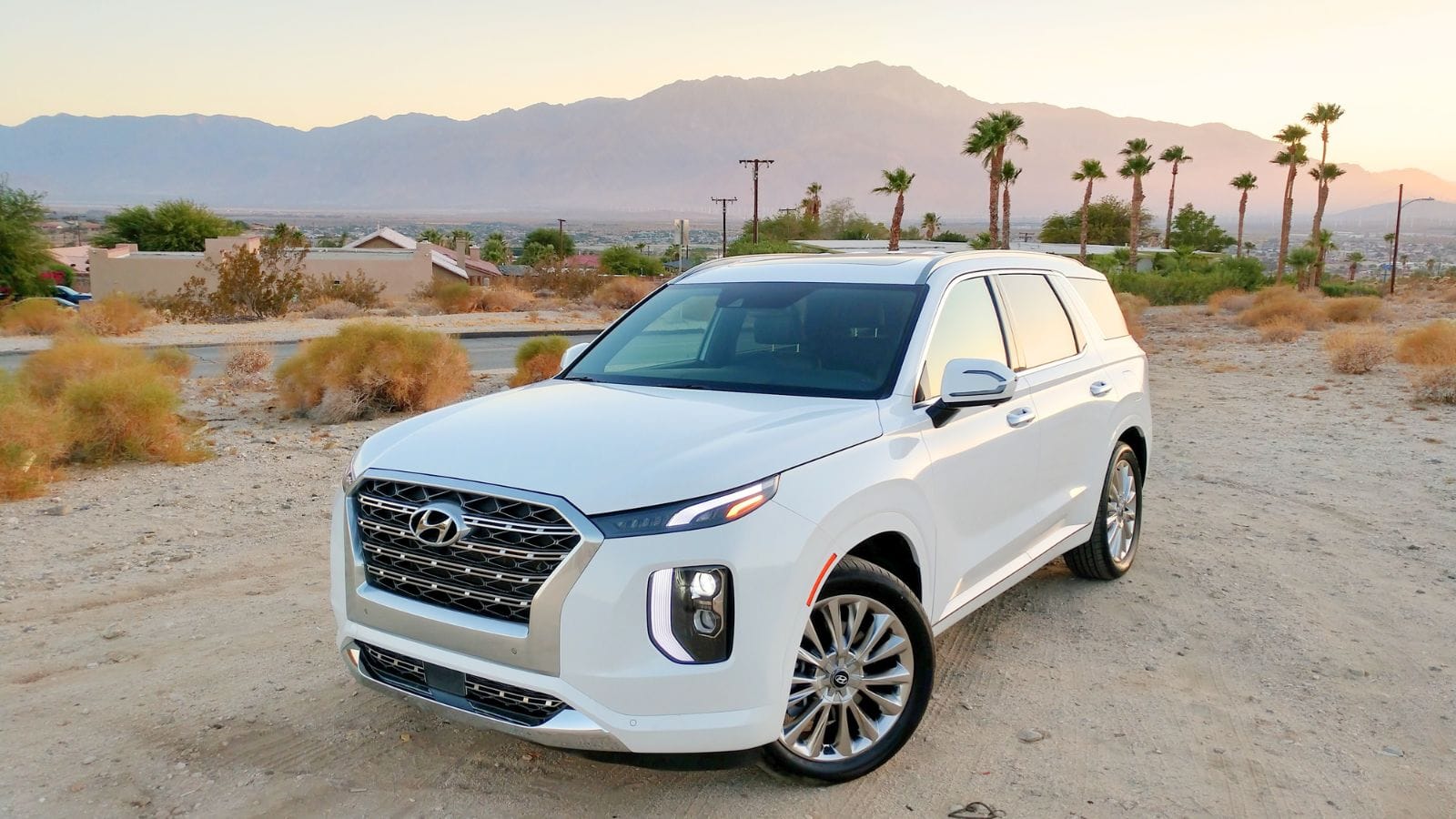
The Palisade came onto the scene with substantial value, offering premium features at a mainstream price. However, long-term feedback has brought attention to quality concerns such as paint issues, water leaks, and rattles. Owners also cited sluggish response from the infotainment system and limited dealership service capacity. Though it’s feature-rich, the Palisade’s driving experience doesn’t always match the upscale image it’s marketed under. As expectations rose with Hyundai’s improving brand image, buyers realized that luxury appointments alone don’t make a luxury vehicle.
Nissan Murano
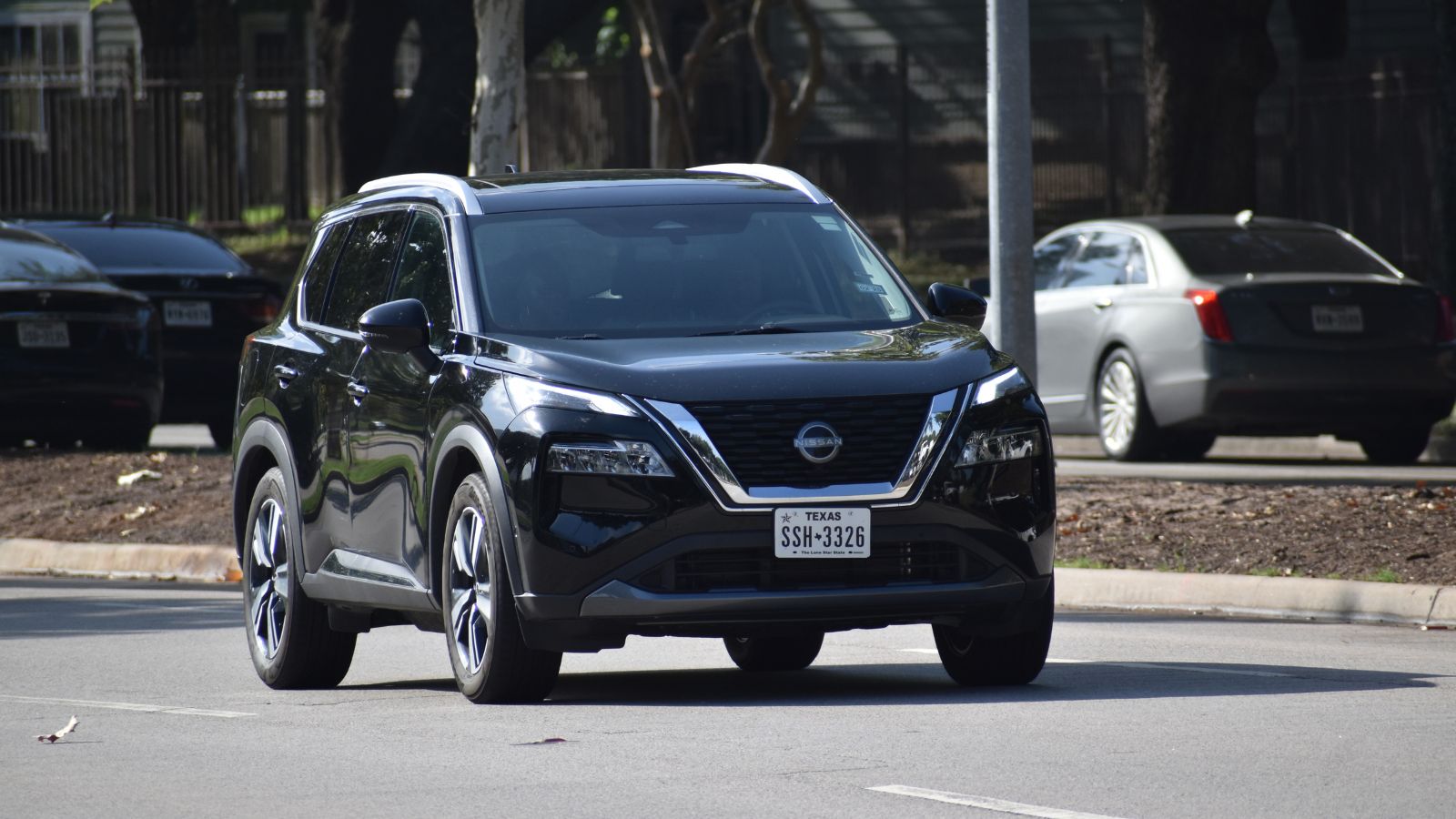
The Murano’s futuristic design and cushy ride won it initial attention, but cracks began to show with prolonged use. The vehicle’s CVT transmission has drawn complaints for sluggish performance and reliability concerns. Interior tech and styling feel dated compared to newer competitors. Rear visibility is limited, and despite the stylish exterior, practicality is compromised. Though the front seats are praised for comfort, the rest of the cabin lacks versatility and refinement. All in all, buyers who gravitated toward the Murano for its distinctive design and established name often came away disappointed by its lack of evolution and underwhelming real-world performance.
